The American elm (Ulmus americana) was not always just a street tree. Despite its tough interlocked grain, it was initially used to make canoes and wheel hubs because the wood also has great tensile strength, meaning it could be shaped and bent to the designer’s will. It can still be found in furniture (especially rocking chairs), veneers and hockey sticks.
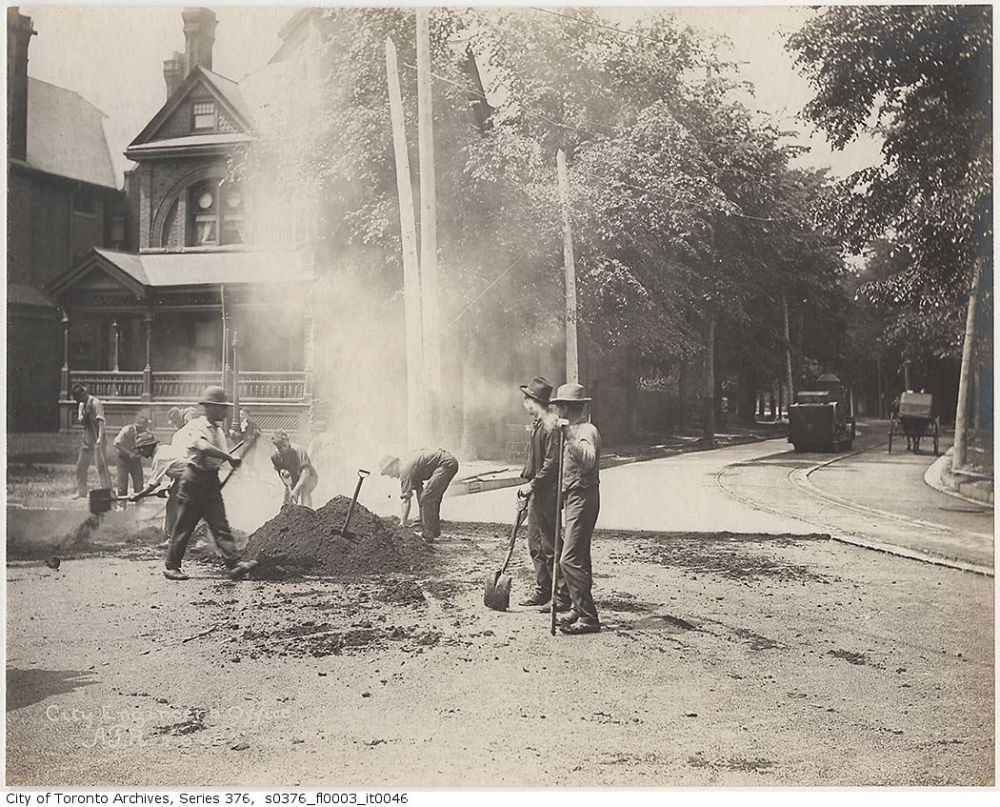
But it was as a street tree that the elm really shined. It was found to grow happily in any soil, under harsh conditions and next to busy roadways. This was a tree that seemed to survive anywhere, and brought with it a giant green canopy of leaves. Elms quickly became a popular choice for city blocks. Municipalities found they did not have to plant one at every house - they could get away with a checkerboard along a street and still get full shade coverage.
Thousands of streets across North America were planted with elm monocultures. This created beautiful, shaded, tree-lined streets that everyone loved. But in the late 1920s, a shipment of elm logs from France arrived in the United States. Bound for Ohio, the trucks had a few stowaways - beetles carrying the Dutch Elm Disease (DED). And this was the beginning of the end for the elms on our continent.
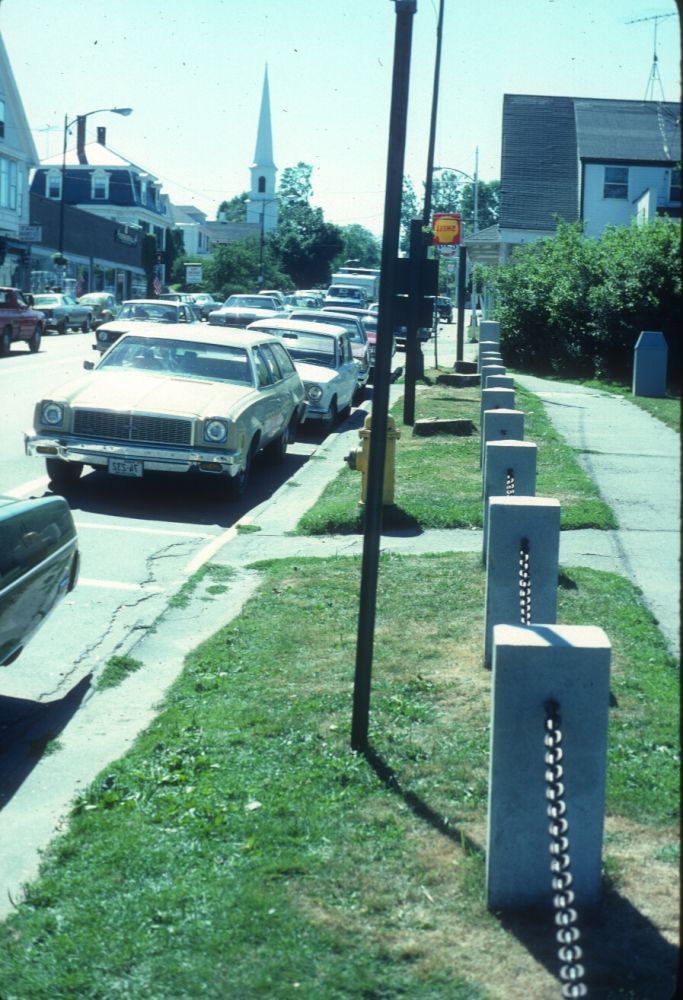
Street with trees removed during the height of the DED epidemic.
By the mid-60s, DED spread to Ontario and decimated over 80 per cent of our elm population. Today it is rare to find a mature American elm still standing – you might happen across the odd one that is immune to DED or growing just far enough from others to avoid exposure to the fungus. It would take decades for the hardest hit neighbourhoods to recover and begin to look anything like their former, shade-laden selves.
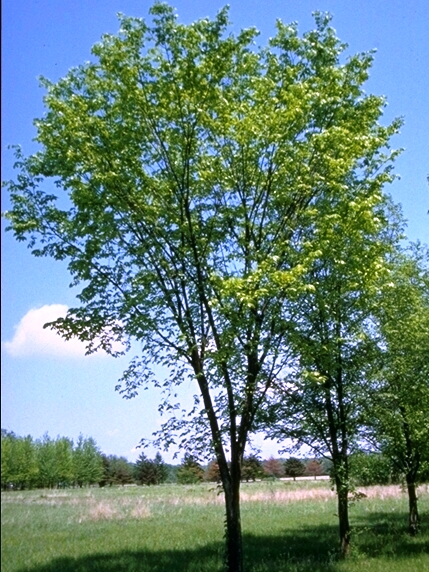
“Under the Umbrella Tree” was a television series in the 80s, and the American elm could have easily been the star of that show. With its large arching canopy and easily identifiable vase shape, this tree can range anywhere from 60 to 130 feet at maturity! Its leaves have a typical oval shape with strongly serrated edges, turning a spectacular golden-yellow in the fall. In the spring, the tree has small yellow flowers that are easy to miss. But its deeply ridged bark is a dramatic grey year-round. It is one of my favourites - just a really pretty tree.
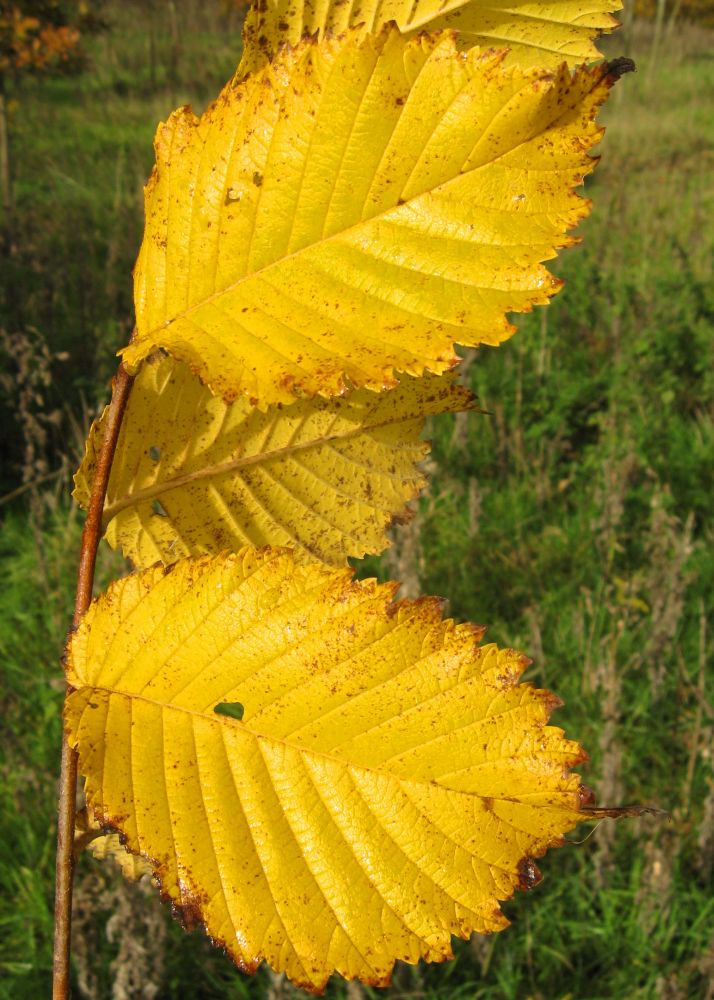
You are probably wondering why I want you to share my love for a tree that isn’t planted anymore because of DED – but there is hope! In the last 20 years, scientists have found and bred North American elms that can withstand DED. Finally there are varieties that are available for public planting with varying ranges of resistance. Because of this hopeful research, LEAF has decided to introduce an elm to our Backyard Tree Planting Program.
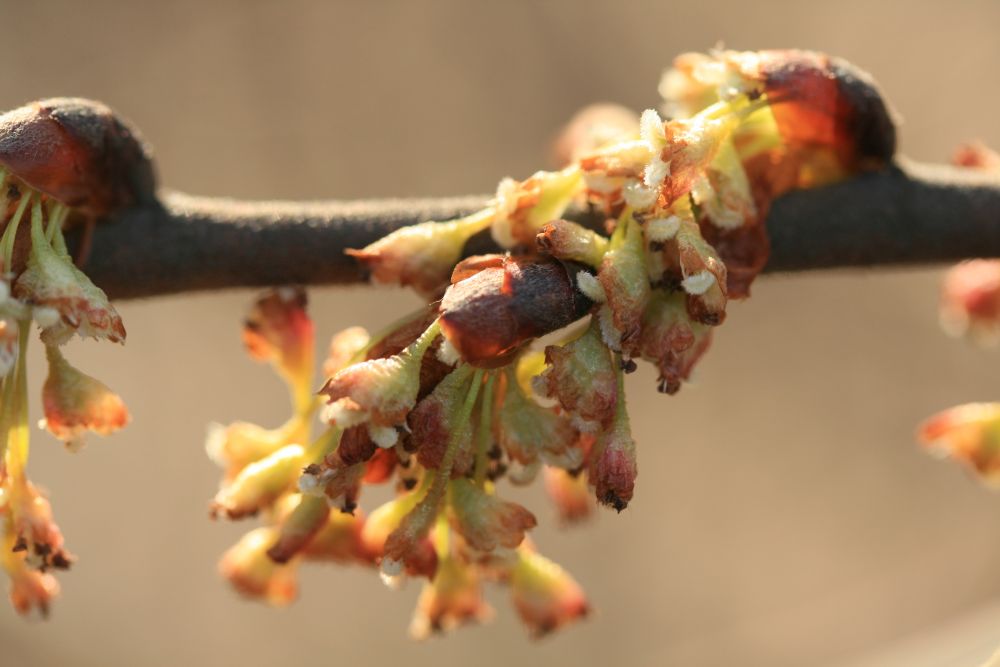
Say hello to the Valley Forge! This cultivar is 96 per cent resistant to DED and was created from American elms that were found to be naturally resistant to the fungus. This tree retains the traditional characteristics of the American elm without bearing the risk of dying prematurely – as long as it receives the right care, of course!
So take a chance on a comeback-kid -- contact us today to book a consultation with one of our arborists!
Andrea Bake is a former Field Operations Supervisor with LEAF and currently works as a Forest Data Collector with the City of Toronto. The Backyard Tree Planting Program is supported by Ontario Power Generation, York Region, Ontario Trillium Foundation, The City of Markham and Toronto Hydro.
